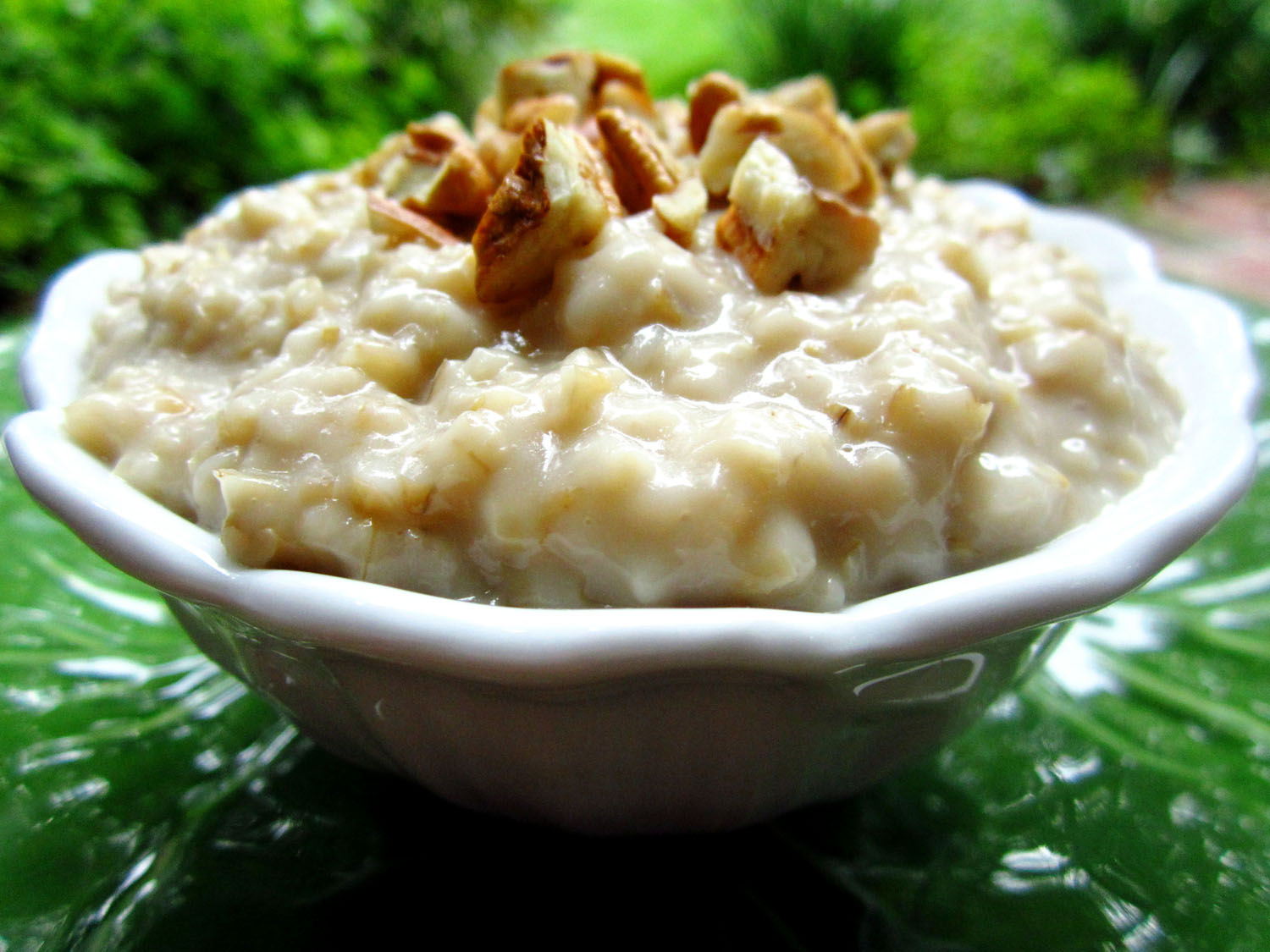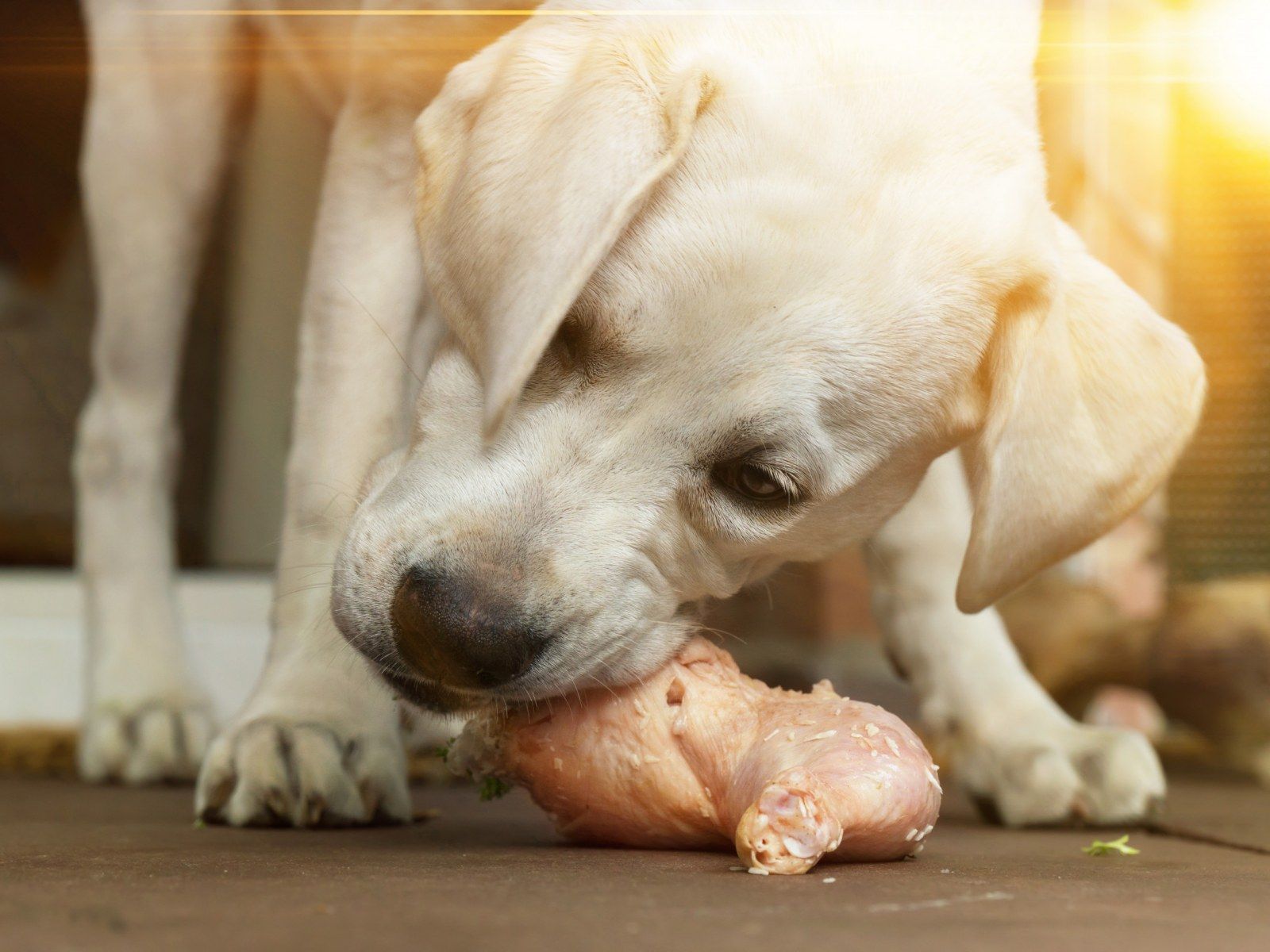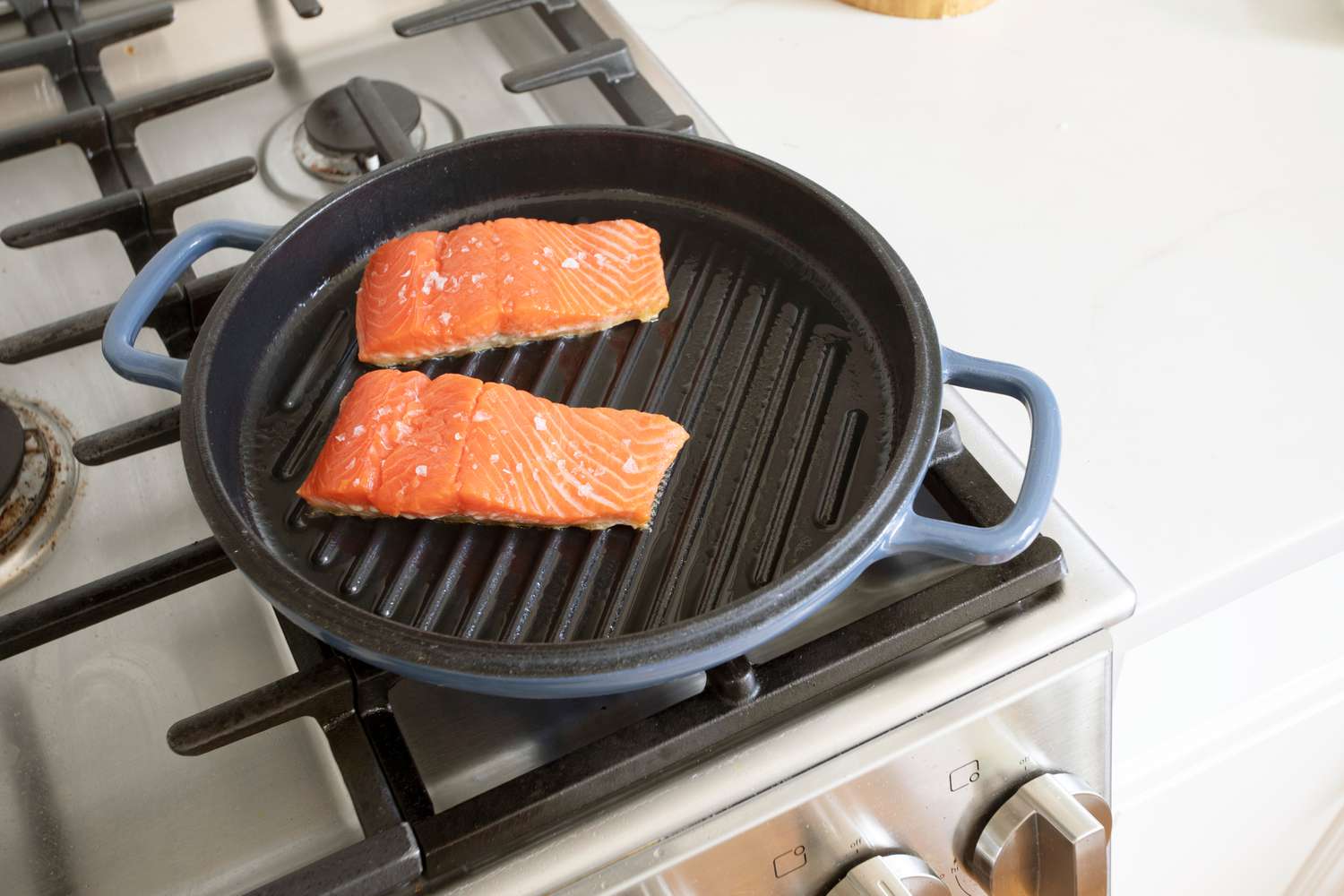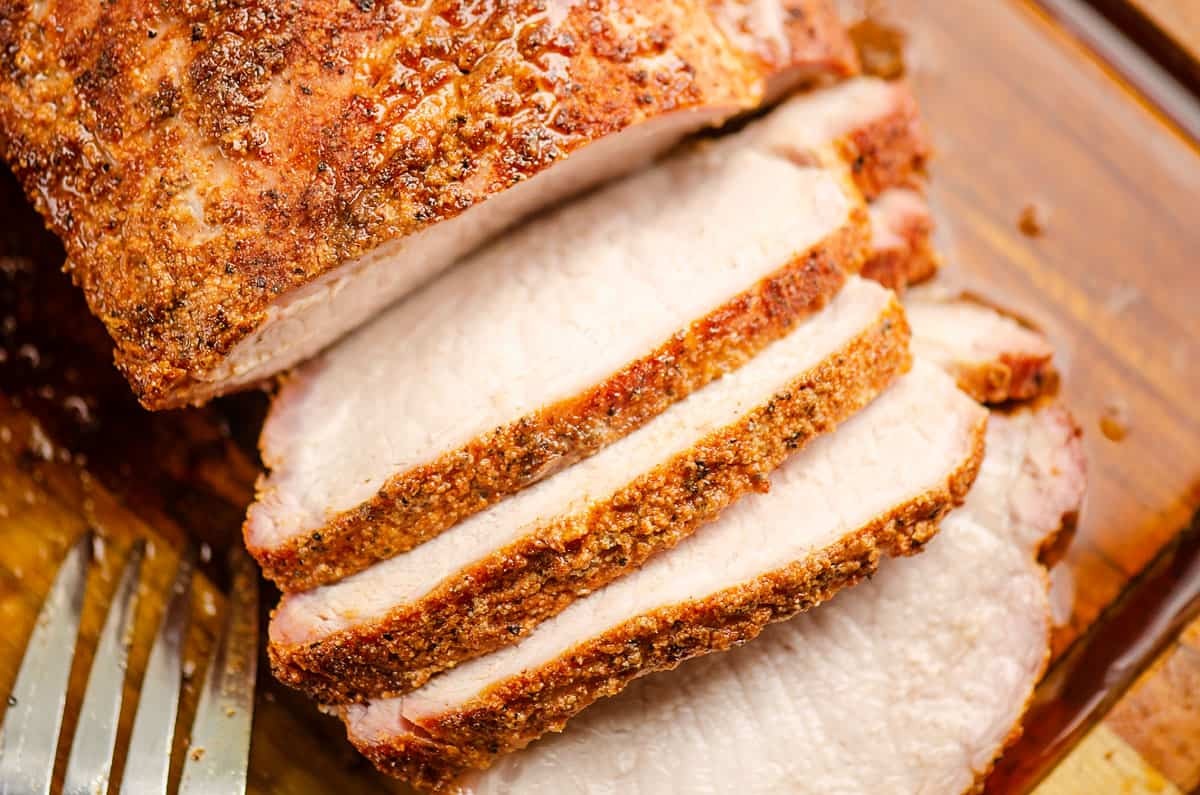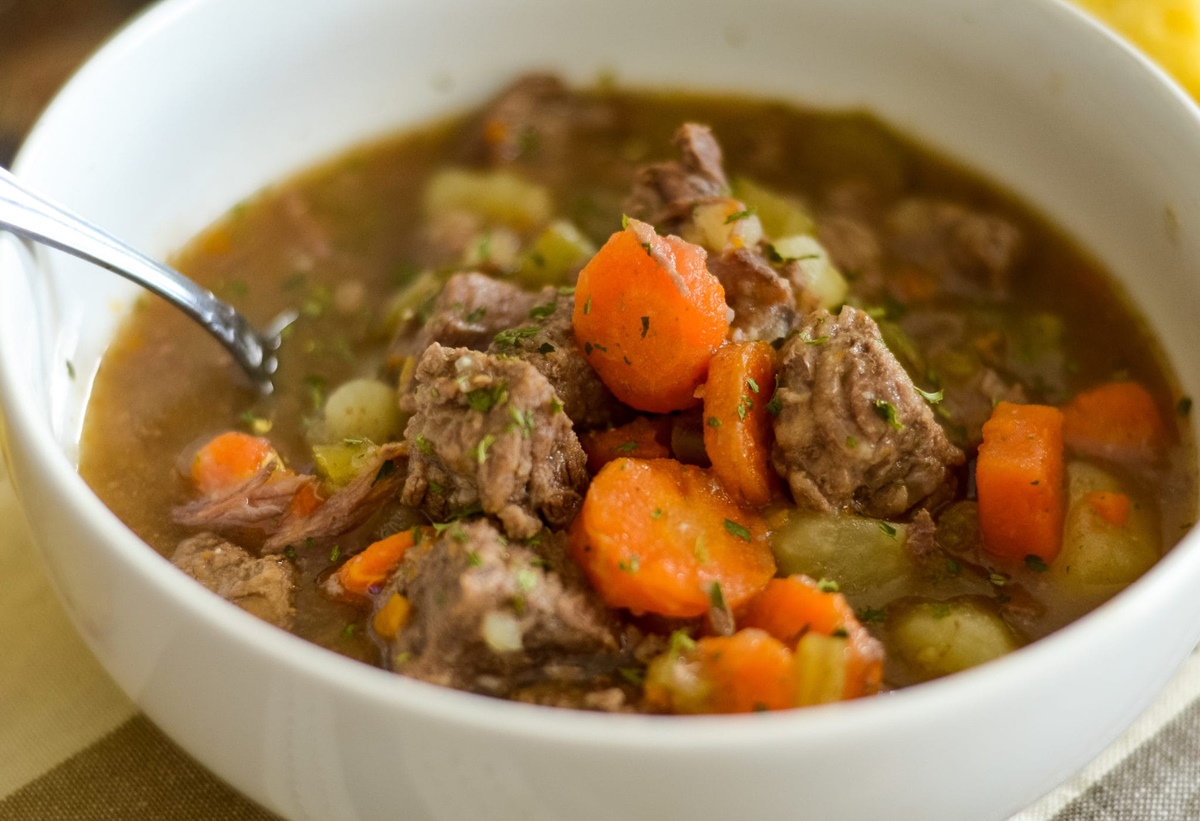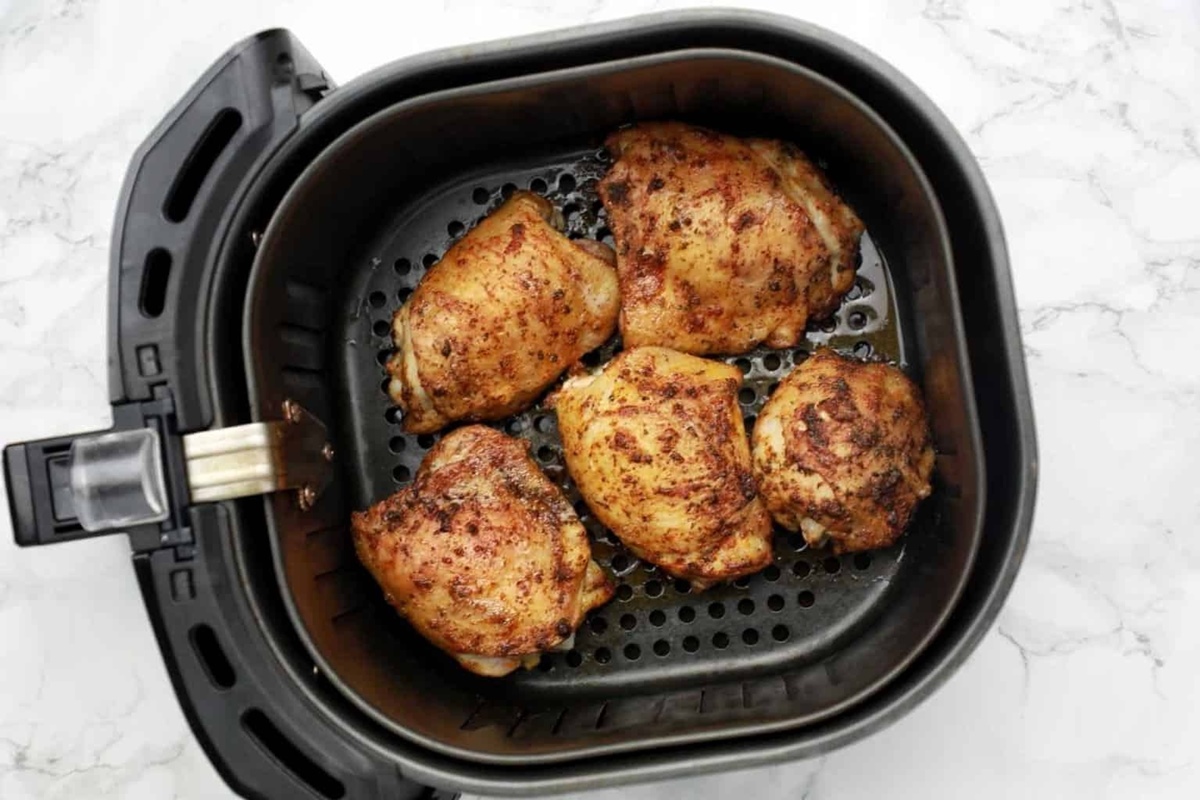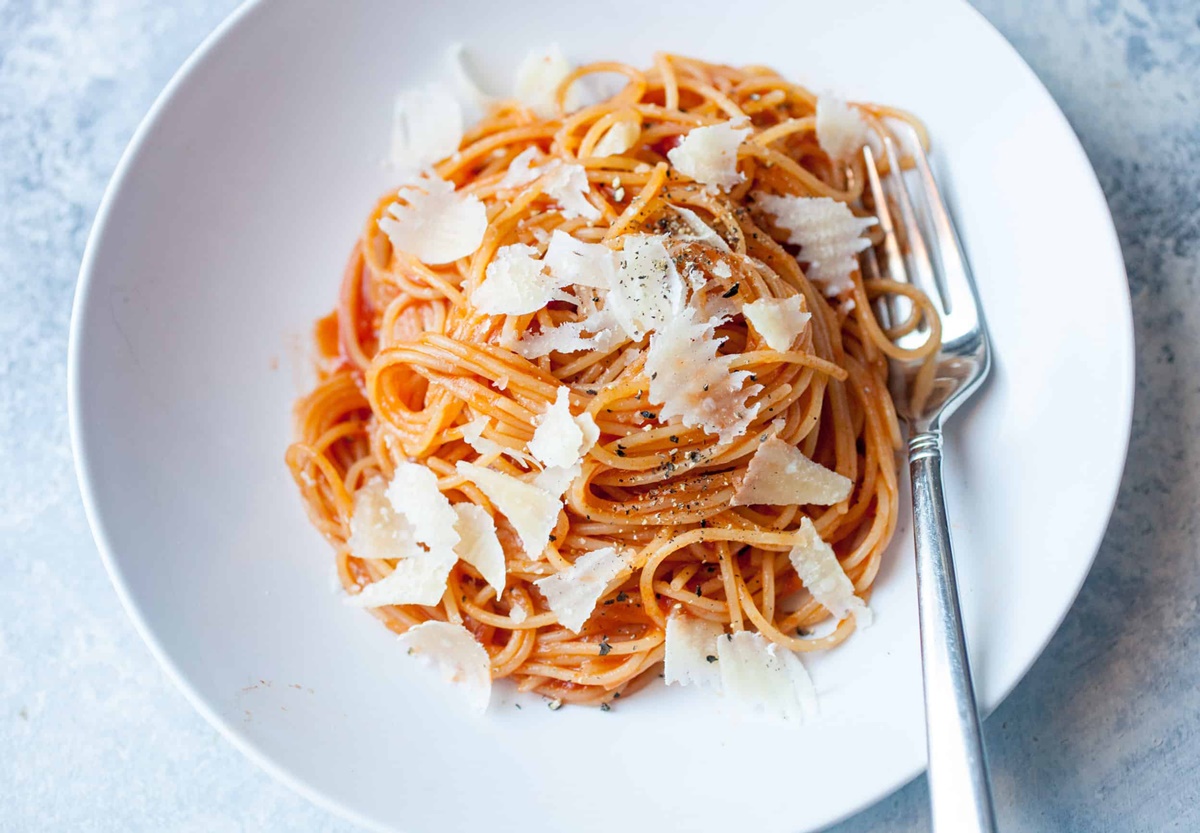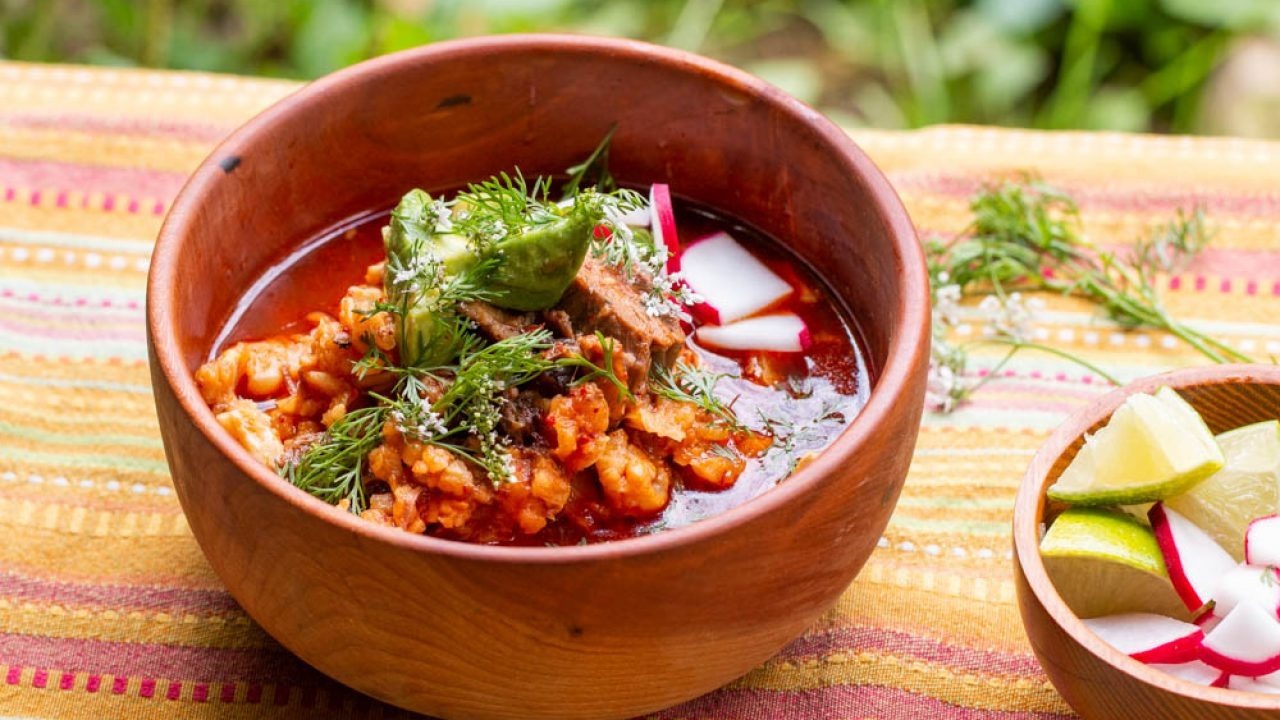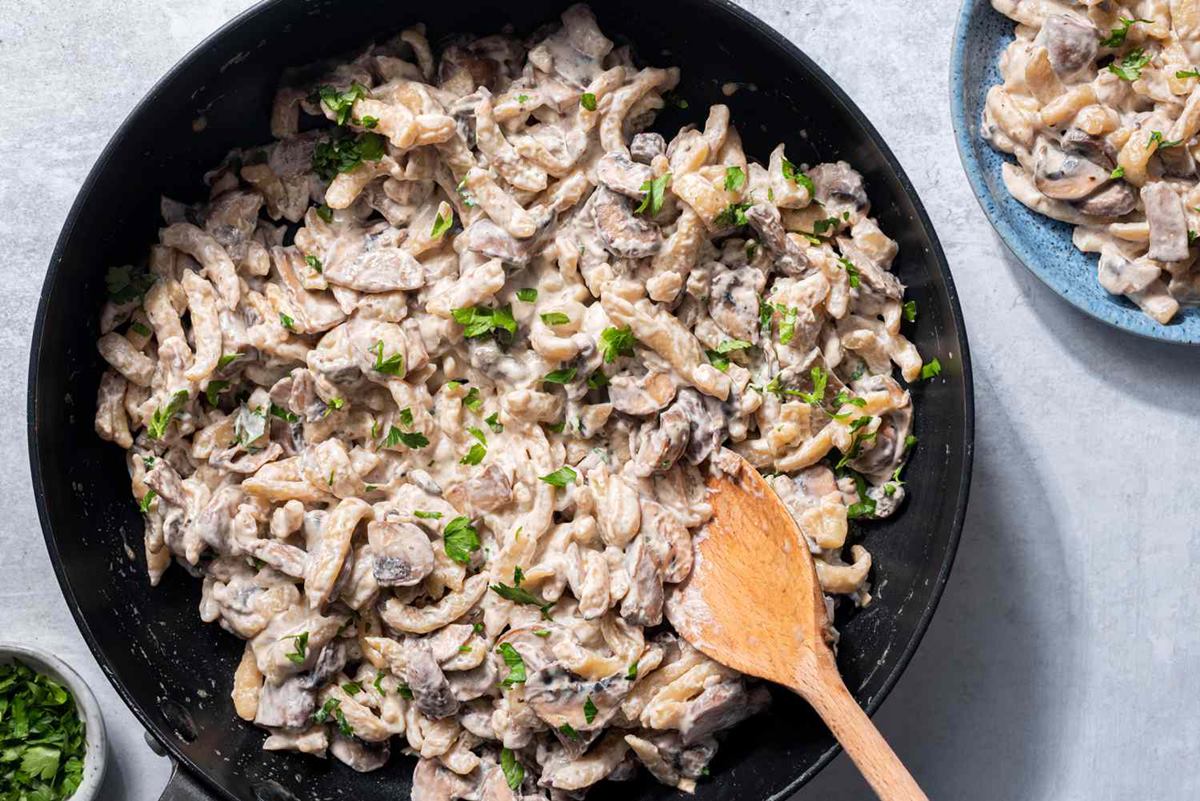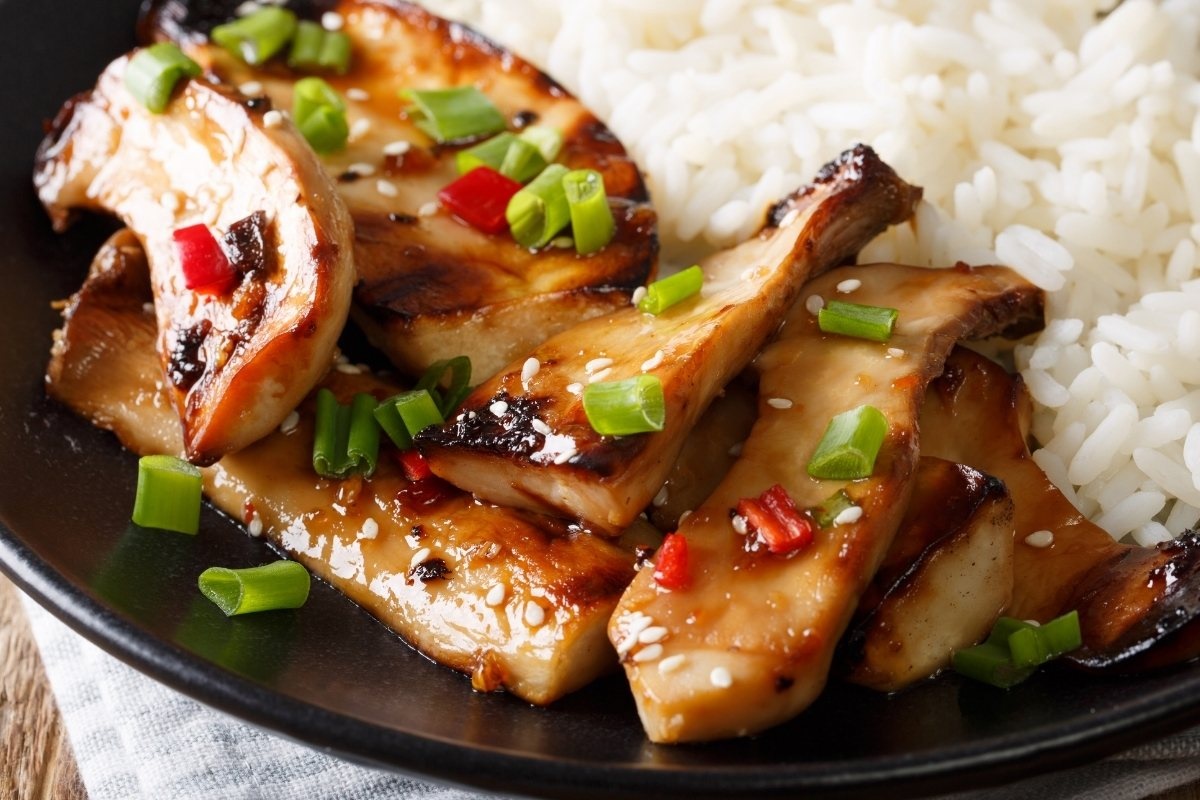Delicious and Nutritious Acorn Squash: A Tasty Treat for Your Bearded Dragon
Bearded dragons are fascinating reptiles known for their unique appearance and friendly nature. Just like humans, these little creatures require a balanced diet to thrive and stay healthy. While insects like crickets and mealworms are staples in their diet, introducing fruits and vegetables can provide essential vitamins and minerals.
One such vegetable that bearded dragons enjoy is the delicious and nutritious acorn squash. This versatile vegetable is packed with essential nutrients and can be prepared in various ways to suit your pet’s taste buds.
The Benefits of Acorn Squash for Bearded Dragons
Acorn squash is an excellent addition to a bearded dragon’s diet due to its numerous health benefits:
- Rich in vitamins: Acorn squash is a great source of vitamins A, C, and E, which are important for your bearded dragon’s immune system, eye health, and overall well-being.
- Mineral powerhouse: This vegetable contains essential minerals like calcium and potassium, which are vital for maintaining strong bones and muscles in your bearded dragon.
- High in fiber: Acorn squash is fiber-rich, aiding in digestion and preventing constipation—a common issue in bearded dragons.
- Low in fat: As a low-fat vegetable, acorn squash helps prevent obesity and keeps your pet’s weight in check.
Preparing Acorn Squash for Your Bearded Dragon
Now that you know the benefits, let’s dive into the steps to prepare acorn squash for your bearded dragon:
- Choose a ripe acorn squash: Look for a squash that has a firm exterior, without any soft spots or blemishes. A ripe squash should have a deep green color and a hard, rough skin.
- Wash the squash thoroughly: Properly rinse the squash under cool running water to remove any dirt or residue that may be present on the skin.
- Cut the squash in half: Using a sharp knife, carefully cut the acorn squash in half lengthwise. Be cautious while handling the knife to prevent any accidents.
- Scoop out the seeds: Use a spoon to scoop out the seeds and stringy pulp from the center of the squash. Discard the seeds and pulp, as they are indigestible for your bearded dragon.
- Steam or bake the squash: There are two primary cooking methods for acorn squash. You can either steam it or bake it. Steaming the squash for around 20-30 minutes until it becomes soft and tender is an easy and nutritious option. Baking at 375°F (190°C) for approximately 45 minutes can also yield flavorful results.
- Cool and serve: Once the squash is cooked, allow it to cool down before serving it to your bearded dragon. You can scrape out the flesh and cut it into small, bite-sized pieces for easy consumption.
Remember, moderation is key when introducing new foods to your bearded dragon. Start by offering small amounts of acorn squash and observe your pet’s response. If they enjoy it, gradually increase the portion size. However, if there are any signs of digestive issues or aversions, consult a veterinarian.
Acorn squash is a great way to diversify your bearded dragon’s diet and provide them with essential vitamins and minerals. Remember to always prioritize their health and happiness when preparing their meals. Enjoy exploring new culinary adventures for your scaly friend!
For those interested in feeding their bearded dragon healthy and tasty meals, they can check out recipes like Baked Acorn Squash and Apple Casserole and Acorn Squash and Quinoa Stuffed Peppers. These are not only nutritious but also simple to prepare. Roasted Acorn Squash Salad with Maple Vinaigrette offers a delightful mix of flavors that can be enjoyed by both the dragon and the owner. Acorn Squash and Sweet Potato Soup is a comforting dish perfect for cooler days, while Acorn Squash and Kale Frittata can be a great way to introduce more greens into the diet. Trying out these recipes can assist in ensuring a balanced diet for the bearded dragon while keeping meal prep fun and diverse.
Was this page helpful?
Read Next: How To Cook Brisket On Stove Top
